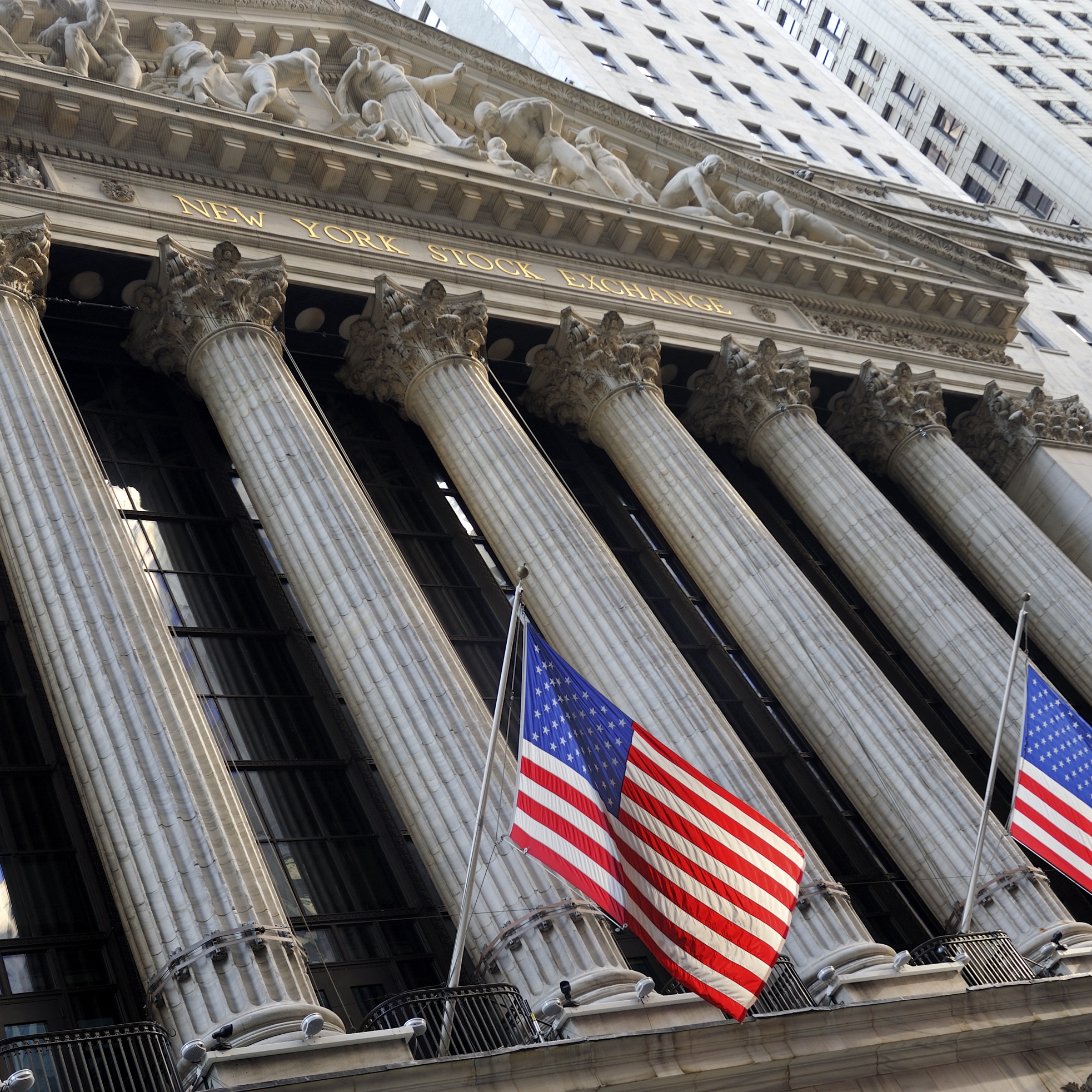Banking, finance, and taxes
CME, NYSE Are the World's Most Valuable Stock Exchange Brands

Published:
Last Updated:

Compared to establishing the brand value of a company, valuing a company’s assets is a piece of cake. After all, if a thing physically exists, someone, somewhere will be able to tell us what it’s worth. But how do we establish a value on a brand like the Nasdaq or New York Stock Exchange?
To most of us, a company’s brand often appears to be a combination of wishful thinking, squishy arithmetic and good PR. Even the ISO standard definition of a brand is less than exact:
[A brand is] a marketing-related intangible asset including, but not limited to, names, terms, signs, symbols, logos and designs, or a combination of these, intended to identify goods, services or entities, or a combination of these, creating distinctive images and associations in the minds of stakeholders, thereby generating economic benefits/value.
The consultants at London-based Brand Finance have put together a list of the top stock exchange brands for 2016 and detailed what criteria they used to arrive at their valuations and rankings.
Based on their criteria, the most valuable stock exchange brand belongs to CME Group Inc. (NASDAQ: CME) with a brand value of $1.72 billion. The New York Stock Exchange, owned by Intercontinental Exchange Inc. (NYSE: ICE), is ranked second with a brand value of $1.35 billion, and the Hong Kong exchange is ranked third at $1.06 billion.
There are four U.S. exchanges in Brand Finance’s top 20: CME; NYSE; Nasdaq Inc. (NASDAQ: NDAQ), ranked fourth with a value of $985 million; and ICE, ranked eighth with a value of $458 million. Those four account for nearly half ($4.7 billion) of the total value ($9.7 billion) of the top 20.
In comments about CME and the NYSE, Brand Finance noted:
CME is the most valuable and fastest growing exchange brand, its value increasing 32% to US$1.7 billion. This is largely due to the impressive year on year growth in four of its six product lines. Furthermore, CME has boosted efforts to expand its core exchange business via strategic alliances and acquisitions, new product initiatives and increased global presence. The second most valuable is the NYSE with a value of US$1.3 billion. With an AAA rating, it is also the most powerful exchange brand, its status boosted by the recent acquisition of Interactive Data Corp (IDC), allowing NYSE to offer pricing data on corporate bonds.
Filling out the top 10 are the United Kingdom’s London Stock Exchange, ranked fifth ($679 million), the SIX Swiss Exchange ranked sixth ($522 million), Germany’s Eurex ranked seventh ($461 million), the Singapore Exchange ranked ninth at $380 million and Germany’s Clearstream ranked 10th at $303 million.
Methodology:
In order to determine the strength of a brand we have developed the Brand Strength Index (BSI). We analyse marketing investment, brand equity (the goodwill accumulated with customers, staff and other stakeholders) and finally the impact of those on business performance. Following this analysis, each brand is assigned a BSI score out of 100, which is fed into the brand value calculation. Based on the score, each brand in the league table is assigned a rating between AAA+ and D in a format similar to a credit rating. AAA+ brands are exceptionally strong and well managed while a failing brand would be assigned a D grade.
Approach
Brand Finance calculates the values of the brands in its league tables using the ‘Royalty Relief approach’. This approach involves estimating the likely future sales that are attributable to a brand and calculating a royalty rate that would be charged for the use of the brand, i.e. what the owner would have to pay for the use of the brand—assuming it were not already owned.The steps in this process are as follows:
1 Calculate brand strength on a scale of 0 to 100 based on a number of attributes such as emotional connection, financial performance and sustainability, among others. This score is known as the Brand Strength Index.
2 Determine the royalty rate range for the respective brand sectors. This is done by reviewing comparable licensing agreements sourced from Brand Finance’s extensive database of license agreements and other online databases.
3 Calculate royalty rate. The brand strength score is applied to the royalty rate range to arrive at a royalty rate. For example, if the royalty rate range in a brand’s sector is 0-5% and a brand has a brand strength score of 80 out of 100, then an appropriate royalty rate for the use of this brand in the given sector will be 4%.
4 Determine brand specific revenues estimating a proportion of parent company revenues attributable to a specific brand.
5 Determine forecast brand specific revenues using a function of historic revenues, equity analyst forecasts and economic growth rates.
6 Apply the royalty rate to the forecast revenues to derive brand revenues.
7 Brand revenues are discounted post tax to a net present value which equals the brand value.
After two decades of reviewing financial products I haven’t seen anything like this. Credit card companies are at war, handing out free rewards and benefits to win the best customers.
A good cash back card can be worth thousands of dollars a year in free money, not to mention other perks like travel, insurance, and access to fancy lounges.
Our top pick today pays up to 5% cash back, a $200 bonus on top, and $0 annual fee. Click here to apply before they stop offering rewards this generous.
Flywheel Publishing has partnered with CardRatings for our coverage of credit card products. Flywheel Publishing and CardRatings may receive a commission from card issuers.
Thank you for reading! Have some feedback for us?
Contact the 24/7 Wall St. editorial team.